1. Letting Kids Nap Outside in Scandinavia
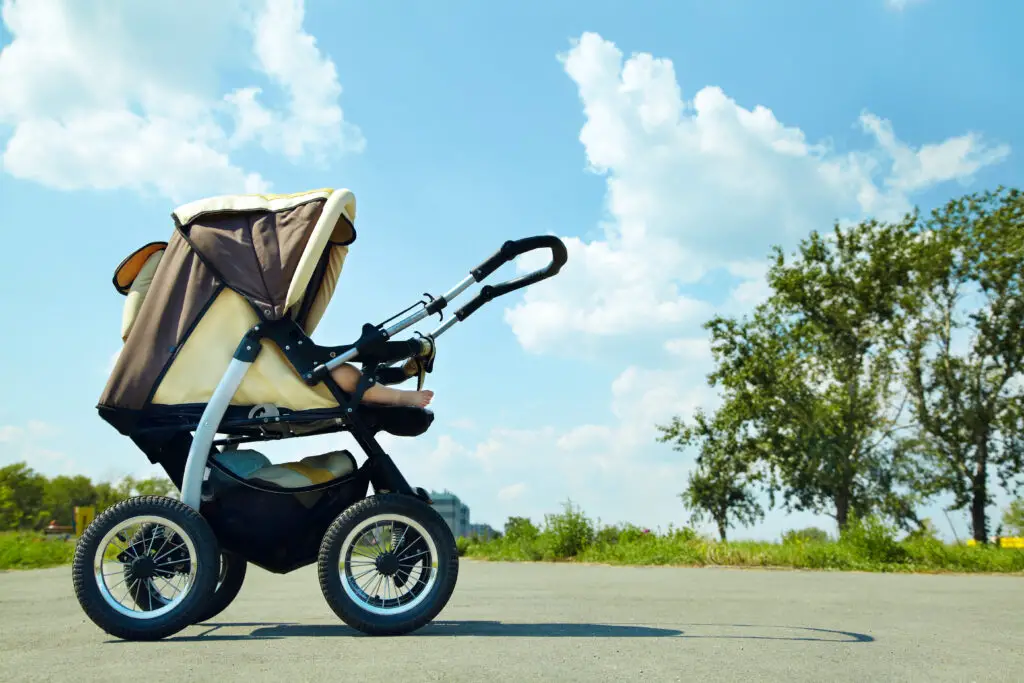
In countries like Norway, Sweden, and Finland, it’s totally normal to see babies bundled up and napping in their strollers—outside. Even in freezing temps, parents leave their infants to sleep on porches or outside cafes, believing the fresh air helps them sleep better and stay healthy. It’s such a common practice that daycares will often wheel rows of strollers outside for group nap time. Most American parents would likely panic at the thought, worrying about frostbite or kidnappers says BBC.
But over there, the mindset is more trusting, both in terms of weather and people. Scandinavian parents believe in building strong immune systems early and teaching children resilience. Plus, there’s a deep cultural trust in the community, something that can feel rare in American cities. It’s not about neglect—it’s about confidence in the environment and the child’s ability to adapt shares Bebe Au Lait.
2. Giving Kids Real Knives in France

French kids are introduced to real kitchen tools, including sharp knives, at a surprisingly young age. They’re taught to handle them with care, and cooking is often part of their education at home or even school. In contrast, many American kids don’t get to use sharp utensils until they’re pre-teens—or even older—because parents fear accidents says New York Times.
But in France, the idea is to teach responsibility early rather than wait until later. When kids are trusted with something serious, they often rise to the occasion. There’s also a belief that cooking builds patience and focus. While American parents often focus on safety first, the French approach emphasizes learning through real experience.
3. Sending Kids to Run Errands Alone in Japan
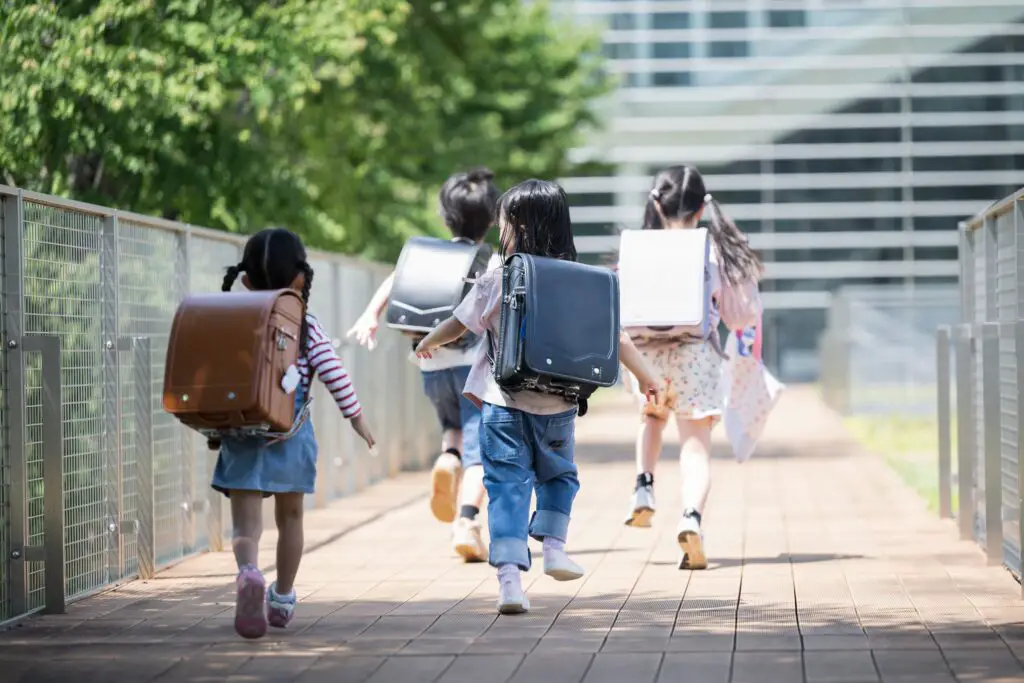
In Japan, it’s common to see young kids—sometimes as young as five—walking to school or riding the subway by themselves. They also run errands like buying groceries or picking up dry cleaning without adult supervision. It’s so accepted that there’s even a popular TV show called Old Enough that follows toddlers doing just that. For many Americans, this would feel like a worst-case scenario says MSN.
But in Japan, the culture is built around safety, order, and community involvement. People are expected to look out for each other, especially children. This trust allows kids to build independence from a young age. It’s not that parents aren’t worried—they just believe in teaching responsibility through experience.
4. Letting Kids Take the Bus Solo in Germany
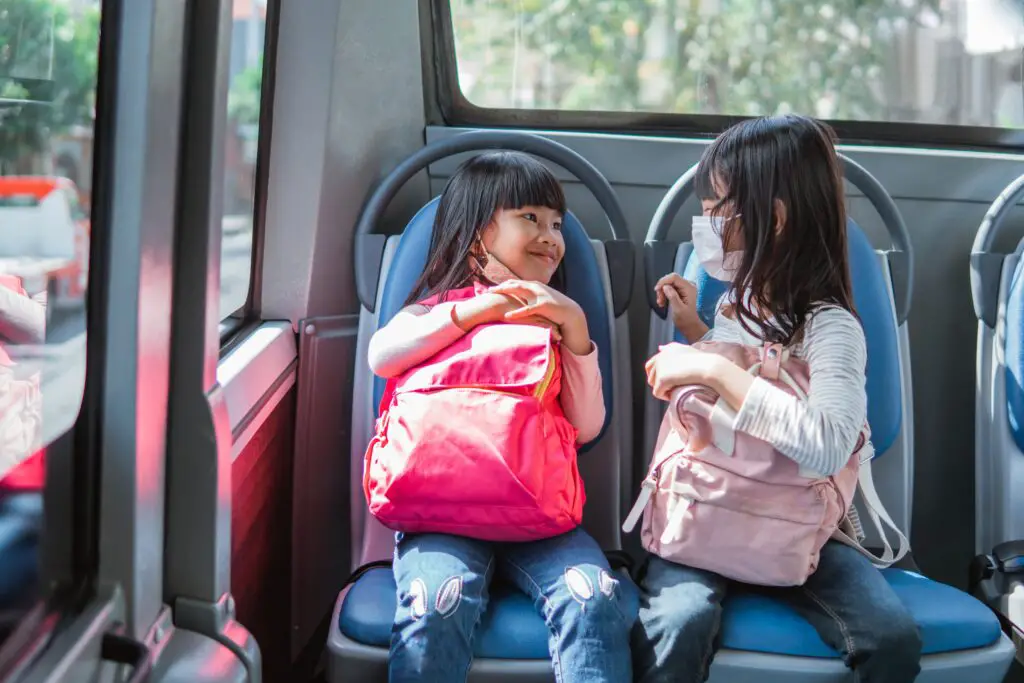
In many parts of Germany, kids begin taking public transportation alone around the age of eight. They’re shown how to read schedules, navigate transfers, and deal with common issues. American parents might find this terrifying, thinking of all the things that could go wrong. But in Germany, self-sufficiency is seen as a key life skill, and public transport is generally safe and reliable.
There’s also less of a culture of chauffeuring kids around. Parents expect children to manage their schedules and get themselves where they need to go. By the time they’re teens, they’re basically functioning like adults when it comes to getting around. It’s a very different vibe from American parents driving their 16-year-old to school.
5. Encouraging Risky Play in the UK
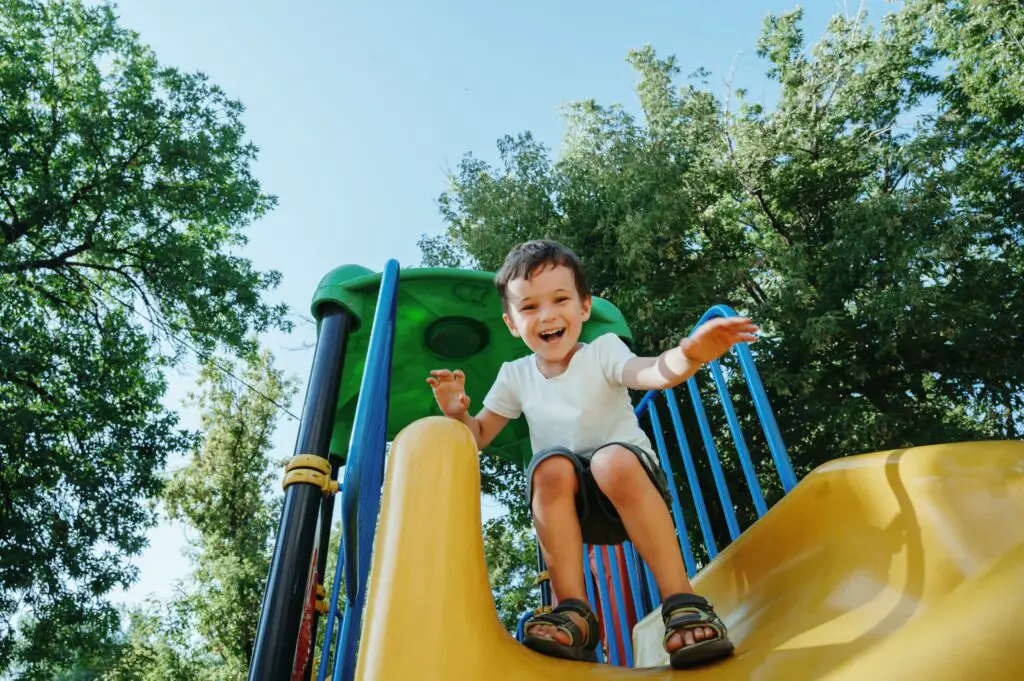
In the UK, especially in places like Wales and Scotland, there’s a movement toward “adventure playgrounds.” These are spaces filled with old tires, planks, ropes, and even tools for building forts or climbing structures. Kids are encouraged to take risks and figure out how to manage challenges themselves. Many American parents might call this dangerous or unregulated.
But British advocates believe that risky play helps kids build confidence and decision-making skills. Instead of bubble-wrapping their kids, they want them to fall, scrape knees, and try again. Teachers and supervisors are nearby but don’t hover. The thinking is: if kids never learn risk, they also never learn how to assess it.
6. Letting Kids Walk Barefoot in New Zealand

In New Zealand, especially in rural areas, it’s common for kids to go barefoot most of the time—even to school. They play outside, walk through town, and climb trees without shoes. For many American parents, who are used to sneakers being required even at the playground, this seems unsanitary or risky.
But Kiwis see it as a way to stay grounded—literally. They believe barefoot time helps kids connect with nature and develop stronger feet and balance. Schools often allow it unless there’s a specific reason not to. It’s not considered neglectful—it’s considered natural.
7. Allowing Co-Sleeping into the Toddler Years in India

In India, co-sleeping with children isn’t just normal—it’s expected. Families often sleep in the same room or even the same bed well into a child’s toddler or early school years. Many American parents are encouraged to have babies sleep alone from infancy, often due to fears around sleep training and independence.
But Indian families view bedtime as a bonding experience. It reinforces emotional security and closeness within the family unit. There’s also a practical side: homes are often multigenerational and space can be limited. Instead of pushing independence early, the focus is on connection.
8. Letting Kids Ride on Motorbikes in Vietnam

In Vietnam, it’s not unusual to see whole families riding on a single motorbike, including little kids. Sometimes, the children are sandwiched between adults or even holding on from the back, and helmets aren’t always worn. American parents would likely break out in hives just thinking about it.
But in Vietnam, motorbikes are the main form of transportation, and they’ve adapted to make it work. Kids grow up understanding how to balance, when to hold on, and how to stay alert. It’s not ideal by American safety standards, but it’s normalized there. The trust goes both ways—parents trust their kids, and kids learn to handle it.
9. Taking Babies to Late-Night Social Gatherings in Spain

In Spain, kids are often seen out late at night, even on weekdays. Families go out for tapas at 10 p.m., and babies are happily snoozing in strollers while toddlers chase each other in the plaza. Many American parents would be mortified to have their child out past bedtime, let alone in public.
But Spanish culture prioritizes family inclusion and social bonding. There’s less of a rigid focus on sleep schedules and more on enjoying life together. Kids are seen as part of the social world, not separate from it. It’s noisy, chaotic, and somehow, it works.
10. Embracing Minimal Supervision in the Netherlands
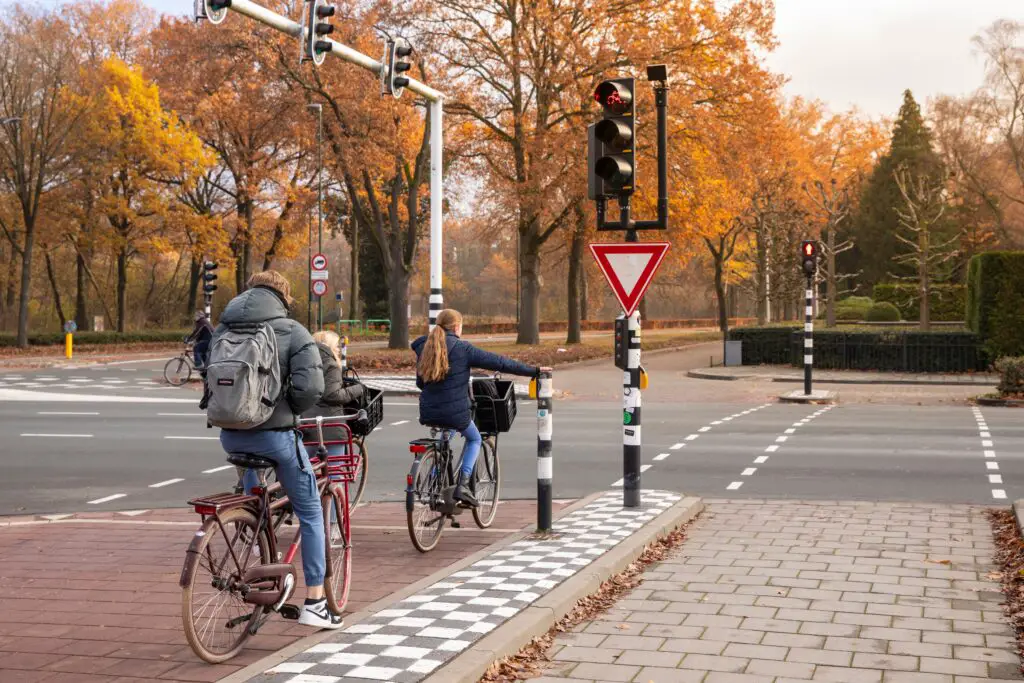
Dutch kids are often allowed to play outside unsupervised for hours at a time. They roam parks, ride bikes, and explore their neighborhoods without constant adult presence. For many Americans, the idea of not watching your kid every second is unthinkable.
But in the Netherlands, freedom is considered essential to childhood. There’s a strong belief that kids need space to develop self-reliance. Neighborhoods are designed to be safe and child-friendly, and parents trust their community to watch out for each other. It’s not negligence—it’s intentional independence.
